45 food labels health canada
Food labelling for industry - Canadian Food Inspection Agency The Industry Labelling Tool is the food labelling reference for all food inspectors and stakeholders in Canada. It replaces the Guide to Food Labelling and Advertising, and the Decisions page to provide consolidated, reorganized and expanded labelling information. This tool provides information on: Food products that require a label Disinfectants and sanitizers for use on food contact surfaces Food Inspection Agency as any equipment or utensil which normally comes in contact with the food product or surfaces normally in sanitization program as some debris, such as organic contact with the product. 1. Health Canada distinguishes between cleaners, disinfectants, food contact sanitizers, and sterilants (see Appendix A for definitions).
Understanding Food Labels in Canada - Unlock Food It must include the serving size, calories, % Daily Value and 13 core nutrients (fat, saturated fat, trans fat, cholesterol, sodium, carbohydrate, fibre, sugars, protein, vitamin A, vitamin C, calcium and iron). The format is consistent across all food products to allow for easy comparison between different items.
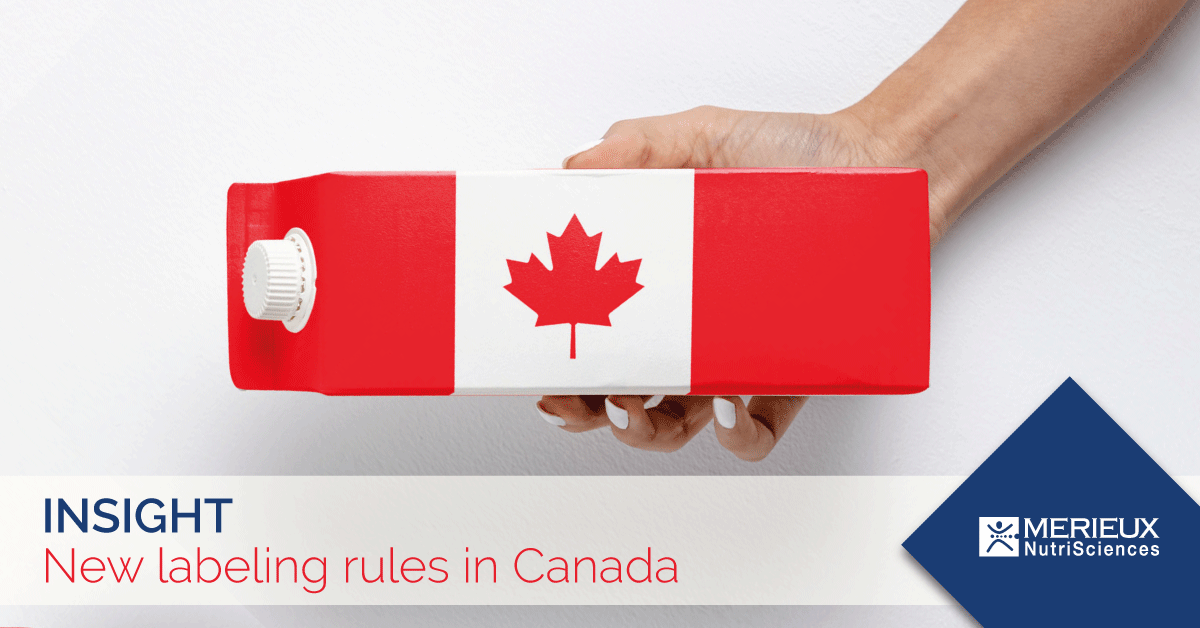
Food labels health canada
Guide for the Labelling and Advertising of Pet Foods - Competition ... Health Canada administers legislation prohibiting unsubstantiated health claims in the advertising and labelling of pet food. ... Each pet food label must carry under the heading "Ingredients" a complete list of major ingredients. Preservatives must also be listed. Minor ingredient categories such as vegetable gums or vitamins and minerals may ... Food label: ingredient list - Canada.ca It can help you: Check if a food product has a certain ingredient. Avoid ingredients in case of a food allergy or intolerance. Ingredients with many names Sometimes nutrients like saturated and trans fats, sodium, and sugar appear on ingredient lists under many different names. Here's a list of the most commonly used terms. For more information Food labelling in Canada - Wikipedia The nutrition label gives you information about the product including, its serving size, calories, and its percentage of the 13 core nutrients that Canada deems necessary. These nutrients include fat, saturated fat, trans fat, cholesterol, sodium, carbohydrate, fibre, sugars, protein, vitamin A, vitamin C, calcium, and iron. [13]
Food labels health canada. Nutrient function claims - Health claims on food labels - Food labels ... In these cases, a quantitative declaration of the amount of the nutrient (s), in grams per serving of stated size, must appear on the label of the food [B.01.311 (4), FDR ]. Information for Non-Prepackaged Products or Advertisements Placed by Someone Other than the Manufacturer Pesticide Label Search - Health Canada Search Product Label. This label transcript service is offered by the Pest Management Regulatory Agency to provide efficient searching for label information. This service and this information do not replace the official hard-copy label. The PMRA does not provide any guarantee or assurance that the information obtained through this service is ... What do you think about the proposed new food-nutrition labels? Health ... (Image: Health Canada) The Nutrition Facts tables on Canadian food products may be getting a fresh new look. Earlier this year, Health Minister Rona Ambrose asked a bunch of Canadians what they ... Are food politics defeating Canada's healthy eating strategy? Health Canada released some prototypes of the labels in 2018, though the final design has not yet been released. Health Canada previously released four proposed designs for a new front-of-package ...
‘Start Reading Labels’: Food Producers Caught Quietly ... Aug 18, 2022 · Those among us who do not wish to start eating bugs, insects and crickets will need to start reading labels closely. Food producers have been caught quietly, deceitfully including crickets in ingredients lists for common and everyday snacks, as the push to force feed humanity with insects, bugs and crickets reaches supermarket shelves. Food labelling requirements checklist - Canadian Food Inspection Agency Food labelling requirements checklist The following checklist is a self-assessment tool to help industry understand labelling requirements set out in the Food and Drugs Act (FDA) and Regulations and the Safe Food for Canadians Act (SFCA) and Regulations. The checklist only covers core labelling requirements applicable to all foods. Label Reform | Kellogg's Canada Health Canada has issued new regulations affecting the Nutrition Facts table and Ingredient List. At first glance, they may not seem much different than before. However, there are important changes we'd like to point out to you. The new labels are intended to: provide more information about the nutrients and ingredients in food. Labelling requirements for fats and oils - Canadian Food Inspection Agency When sold intraprovincially, fats and oils are subject to the labelling requirements under the FDA and FDR, as well as specific requirements of the SFCA and the SFCR that apply to prepackaged foods sold in Canada, regardless of the level of trade. Certain fats and oils have prescribed standards in Division 9 of Part B of the FDR.
Nutrition Facts table formats - Food labels - Canadian Food Inspection ... Basically, for the purposes of nutrition labelling there are 3 classes of foods: prepackaged foods for the consumer (including foods for infants 6 months of age or older but less than one year of age) and foods that will be repackaged for retail prepackaged foods for use in manufacturing other foods, and Rapeseed oil - Wikipedia There are several forms of genetic modification, such as herbicide (glyphosate and glufosinate, for example) tolerance and different qualities in canola oil.Regulation varies from country to country; for example, glyphosate-resistant canola has been approved in Australia, Canada, China, Japan, Korea, Mexico, Philippines, and the US, while Laurical, a product with a different oil composition ... Use food labels - Canada's Food Guide Food labels provide information you can use to make informed choices about foods and drinks at the grocery store and at home. Food labels can help you: compare and choose products more easily know what ingredients a food product contains choose products with a little or a lot of the nutrients that are of interest to you Changes to food labels Fitbit Versa 2 Health & Fitness Smartwatch With Heart Rate ... The Versa 2 still records all the same fitness stats (24/7 heart rate, daily steps, all your workouts, calories burned, water intake, food intake, menstrual cycles etc) and the mobile app is the same for both watches.
Food Labels | HealthLink BC In Canada, any food that is labelled as organic is regulated by the Canadian Food Inspection Agency. Foods that carry the Canadian Organic Logo must meet the Canadian Organic Standards. These standards provide guidelines for growing food, including limits on the types of pesticides, fertilizers, antibiotics and hormones.
Nutrition Labelling - Canada.ca Nutrition labelling is information found on the labels of prepackaged foods. The legislated information includes: The Nutrition Facts table The ingredient list Some optional nutrition claims These give you information about the nutritional value of a food. You can use this information to make healthier food choices and achieve overall good health.
Healthy eating recommendations - Canada's Food Guide Use food labels. Be aware that food marketing can influence your choices Download the alternative format 107.18 KB. Download PDF (107 KB, 1 page) Organization Health Canada Type Guidance Document Pub. 180394 Cat. H164-245/2019E-PDF ISBN 978--660-25310-7 Created January 22, 2019.
Healthy food choices - Canada's Food Guide Make it a habit to eat a variety of healthy foods each day. Eat plenty of vegetables and fruits, whole grain foods and protein foods. Choose protein foods that come from plants more often. Choose foods with healthy fats instead of saturated fat. Limit highly processed foods.
Food Labelling - Canada.ca Food Labelling Labelling on food helps Canadians make healthy and informed choices about the foods they buy and eat. Helping you make healthy choices Through the Food and Drugs Act, Health Canada regulates the labelling of food products in Canada. Regulations published on January 1, 2003: Make nutrition labelling mandatory on most food labels.
PDF Label Reading the Healthy Way - Alberta Health Services It is the law in Canada that most foods have a label. Foods that don't need a label are: fresh vegetables and fruit raw meat and poultry (ground meat and ground poultry must have labels) raw fish and seafood pre-packaged meat and poultry barbecued, roasted, or broiled in the store baked goods made in the store alcoholic drinks bulk foods
Canada's Food Guide Healthy eating is more than the foods you eat. Be mindful of your eating habits. Cook more often. Enjoy your food. Eat meals with others. Use food labels. Limit highly processed foods. Marketing can influence your food choices. Canada's Food Guide Main Menu.
Understanding a food label - Canadian Food Inspection Agency The food label is one of the most important tools Canadian consumers can use to make informed choices about healthy and safe foods. To ensure consumers have reliable and trustworthy information, there are federal regulations and requirements for food labels.
Food Labels | CDC - Centers for Disease Control and Prevention If you eat the whole thing, you are eating 8 times the amount of calories, carbs, fat, etc., shown on the label. Total Carbohydrate shows you types of carbs in the food, including sugar and fiber. Choose foods with more fiber, vitamins, and minerals. Choose foods with lower calories, saturated fat, sodium, and added sugars.
Food labels - Canada.ca Update on the 2016 Nutrition Labelling Regulations Regulations Amending the Food and Drug Regulations - Nutrition Labelling, Other Labelling Provisions and Food Colours Regulations Amending the Food and Drug Regulations (Nutrition Symbols, Other Labelling Provisions, Partially Hydrogenated Oils and Vitamin D) in Part I of the Canada Gazette
Nutrition labels to be 'easier to read,' Health Canada proposes Nutrition labels on food packaging under microscope in U.S., Canada. Lower sugar intake to less than 5% of daily calories, WHO says. The changes will make it easier to read and understand labels ...
Function claims - Health claims on food labels - Food labels - Canadian ... When a function claim appears on the label of a prepackaged food or in advertisements made or placed by or on the direction of the manufacturer of the food, the label of a food that is normally exempt from declaring a Nutrition Facts table (NFt) loses its exemption and is required to declare a NFt. See Reasons for losing the exemption [B.01.401.
Nutrition labels: Finding out about the food you eat - AboutKidsHealth All information on the nutrition label is based on a specific amount of food called the serving size. When you compare products, ensure that the serving sizes are the same. When comparing foods, use percent daily values (% DV) to find out if a food has a little or a lot of a nutrient. Choose foods with lower amounts of total fat, saturated fat ...
Food labelling changes - Canada.ca Find out about the front-of-package nutrition symbol and how it can help you make healthier food choices. For more information. Healthy eating strategy; For industry and health professionals. Regulations and compliance – nutrition labelling; Technical documents on labelling requirements
Nutrition Labelling Online Course - Canada.ca To improve understanding of food labels, Health Canada's Food Directorate has launched the Nutrition Labelling Online Course. While this free course was developed for health professionals and educators, anyone interested in nutrition labelling will find it valuable.
Food labelling in Canada - Wikipedia The nutrition label gives you information about the product including, its serving size, calories, and its percentage of the 13 core nutrients that Canada deems necessary. These nutrients include fat, saturated fat, trans fat, cholesterol, sodium, carbohydrate, fibre, sugars, protein, vitamin A, vitamin C, calcium, and iron. [13]
Food label: ingredient list - Canada.ca It can help you: Check if a food product has a certain ingredient. Avoid ingredients in case of a food allergy or intolerance. Ingredients with many names Sometimes nutrients like saturated and trans fats, sodium, and sugar appear on ingredient lists under many different names. Here's a list of the most commonly used terms. For more information
Guide for the Labelling and Advertising of Pet Foods - Competition ... Health Canada administers legislation prohibiting unsubstantiated health claims in the advertising and labelling of pet food. ... Each pet food label must carry under the heading "Ingredients" a complete list of major ingredients. Preservatives must also be listed. Minor ingredient categories such as vegetable gums or vitamins and minerals may ...
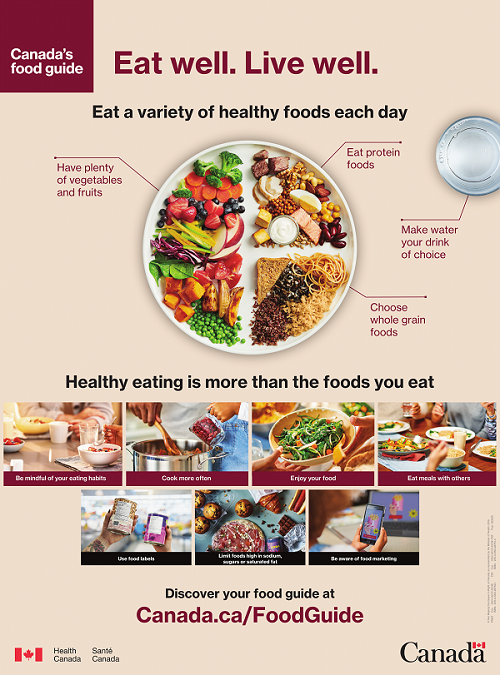

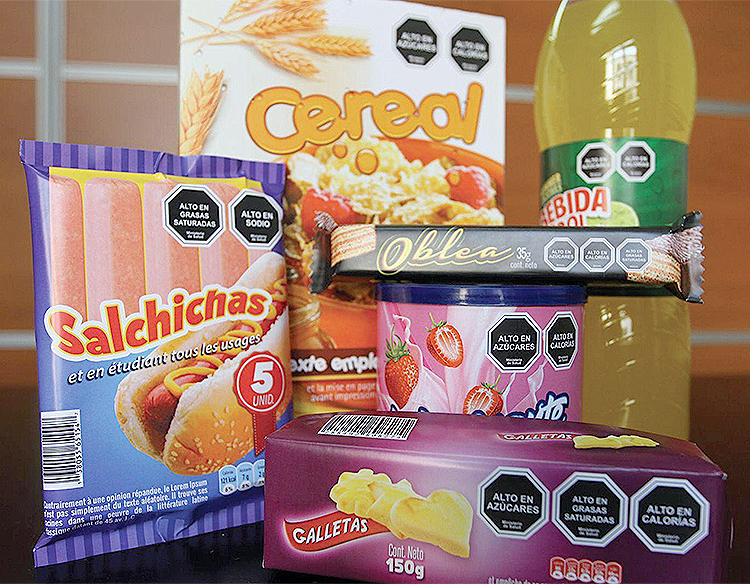
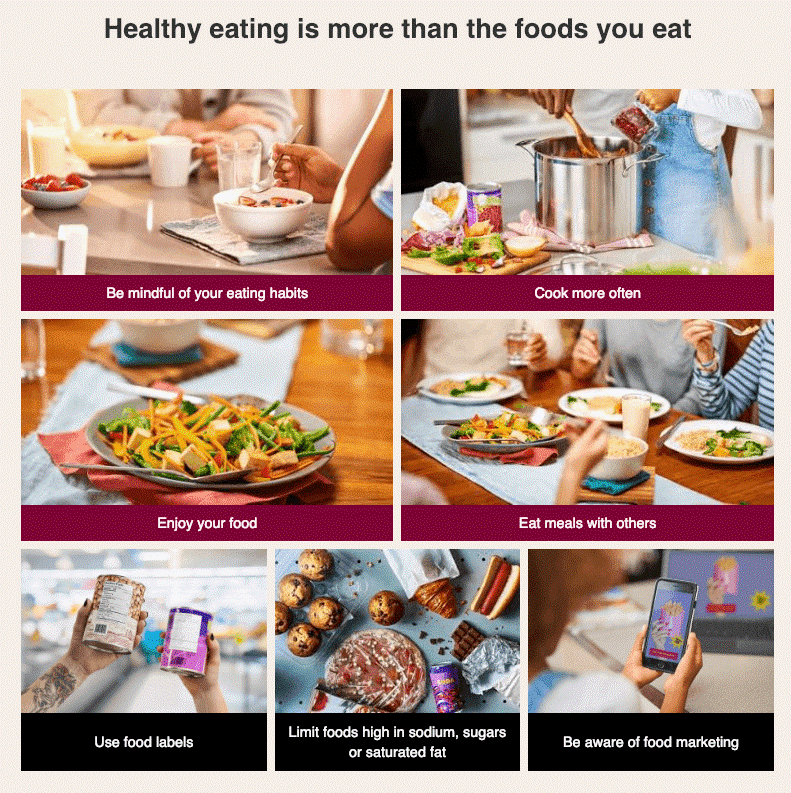






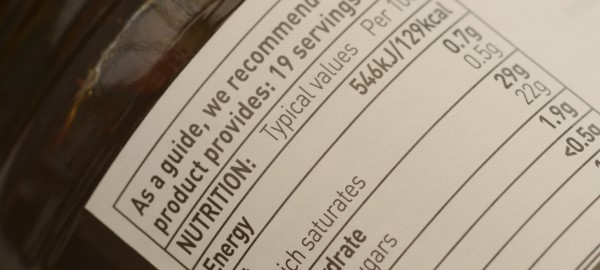
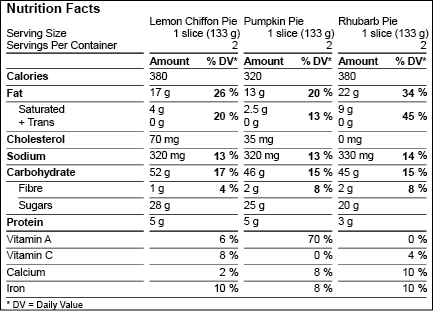
![PDF] Nutrition labels and health claims: the global ...](https://d3i71xaburhd42.cloudfront.net/f8e40d7b317600da54b78934835b7ec21cd9b57d/44-Table4-1.png)
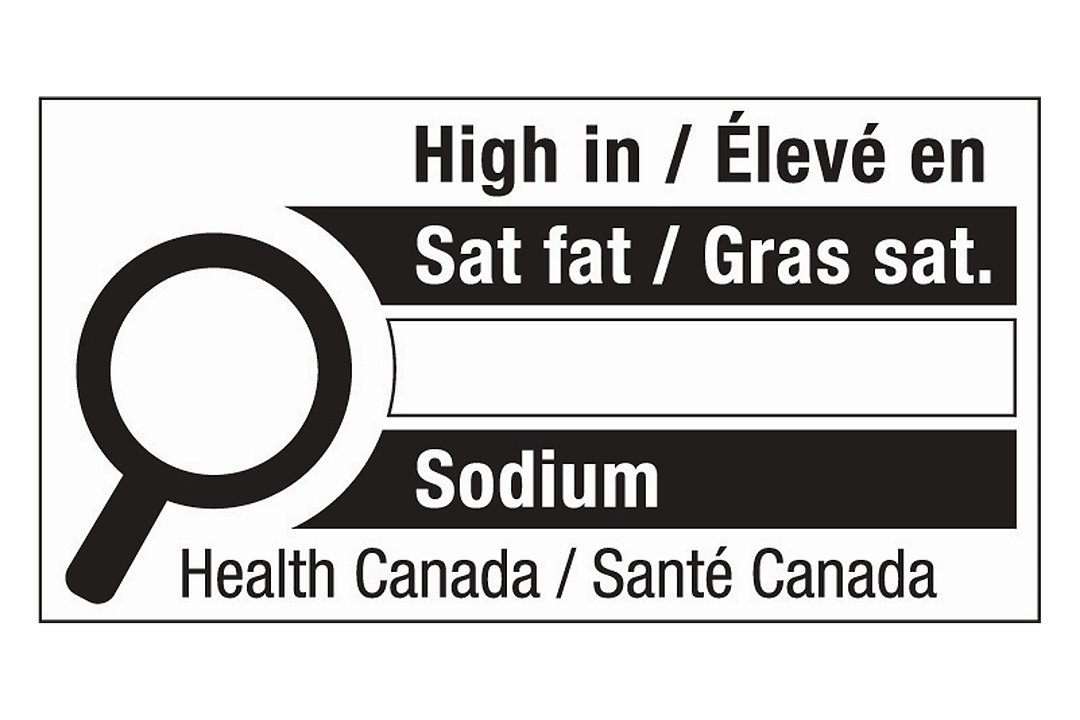

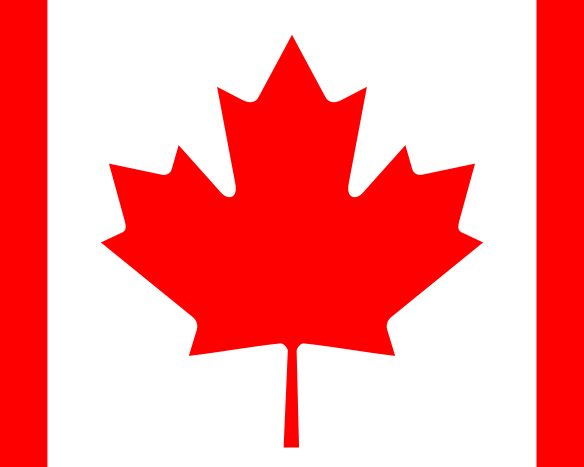


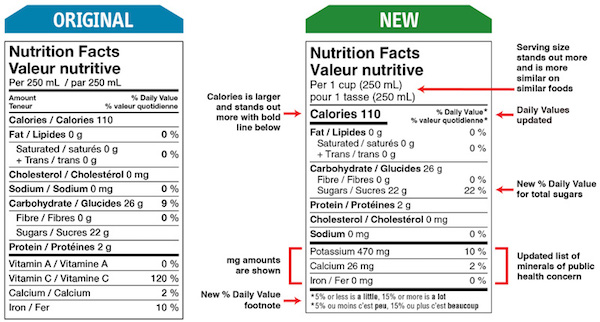



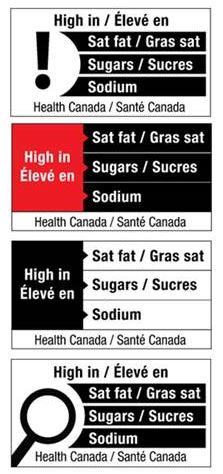
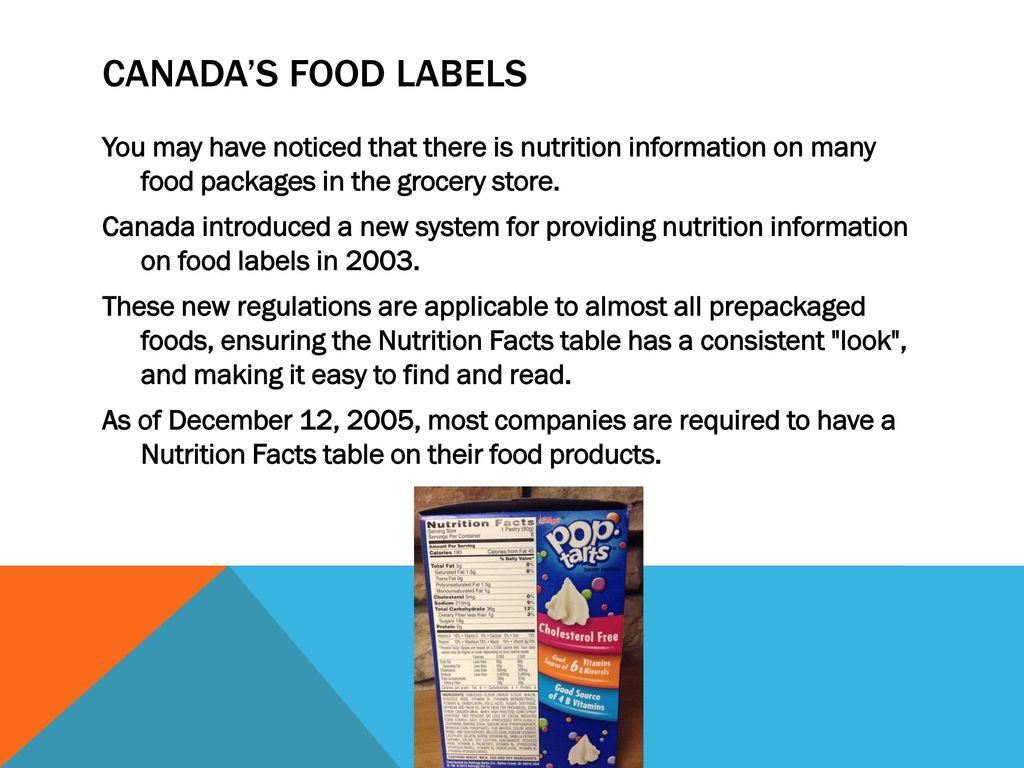




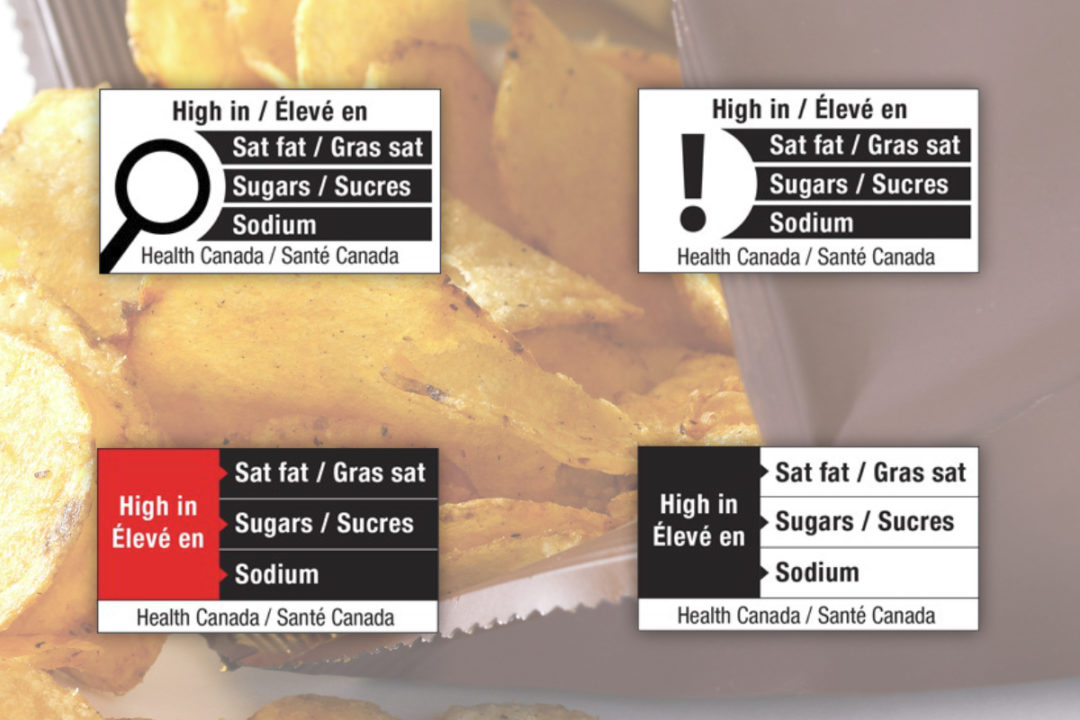
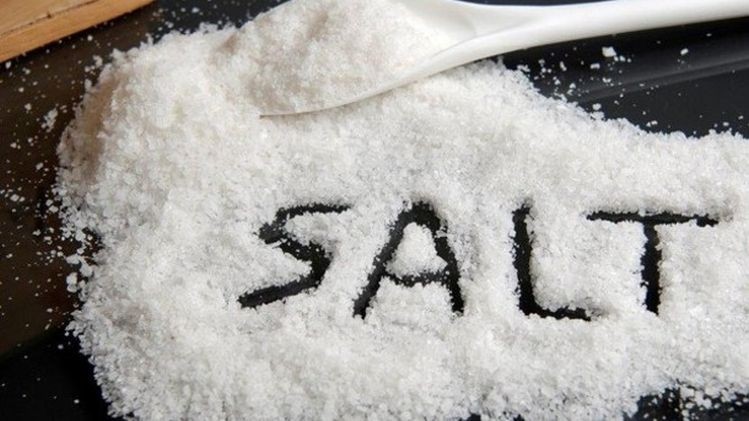

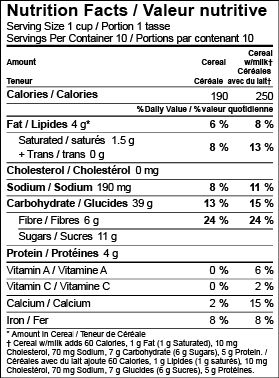
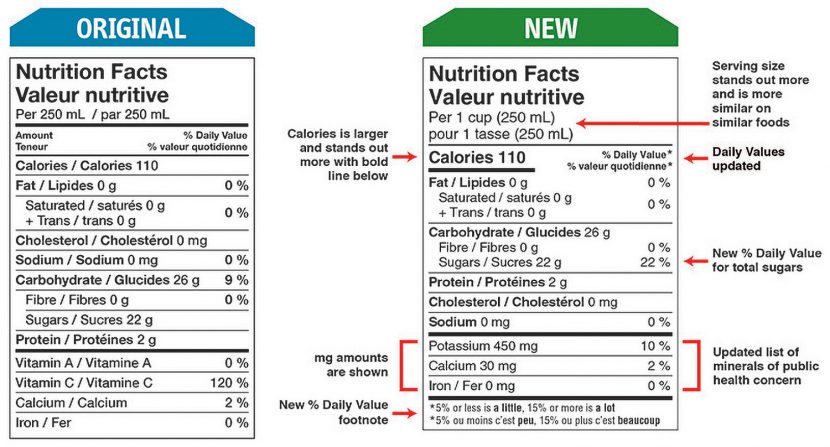

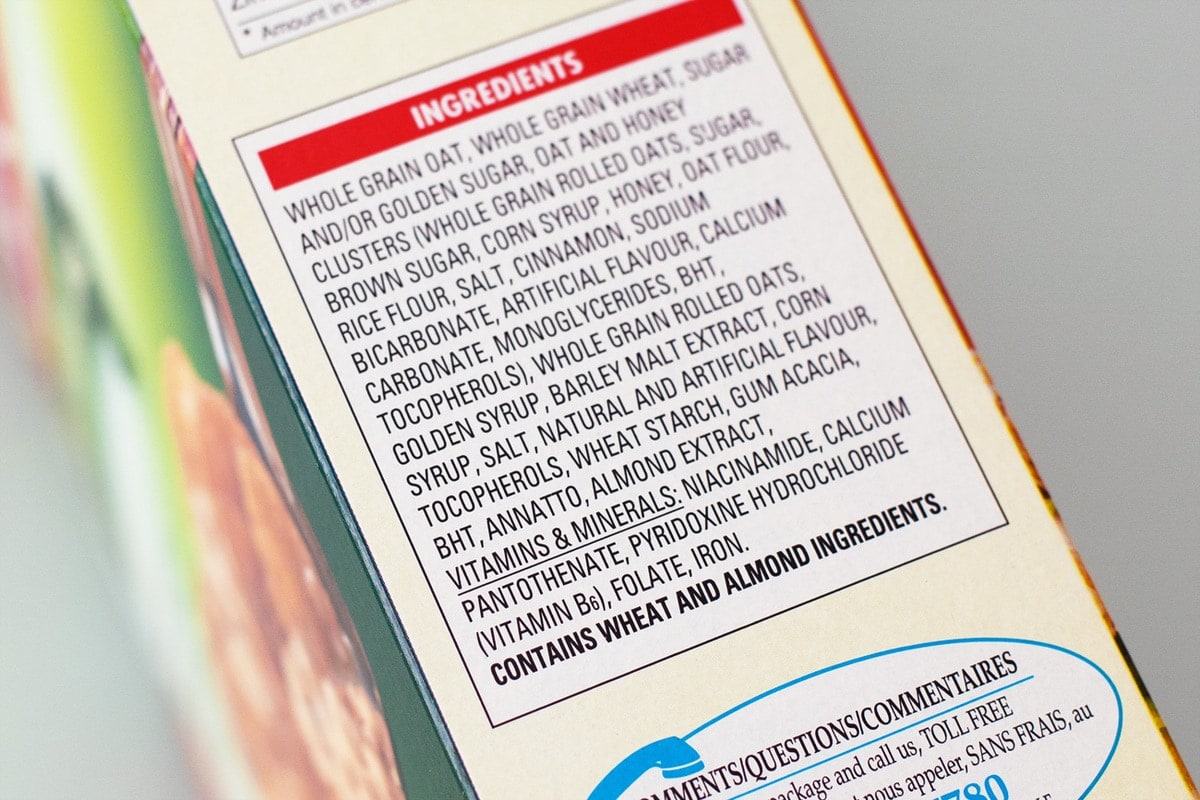
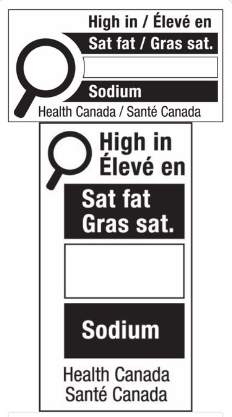
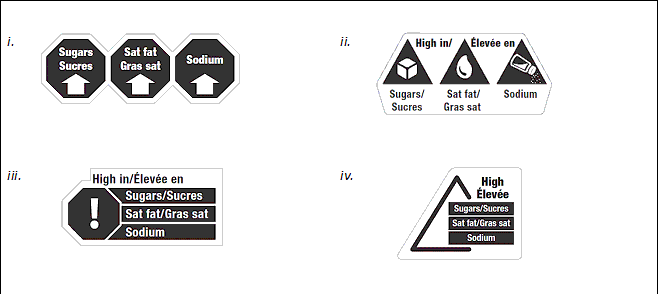
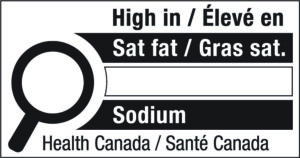
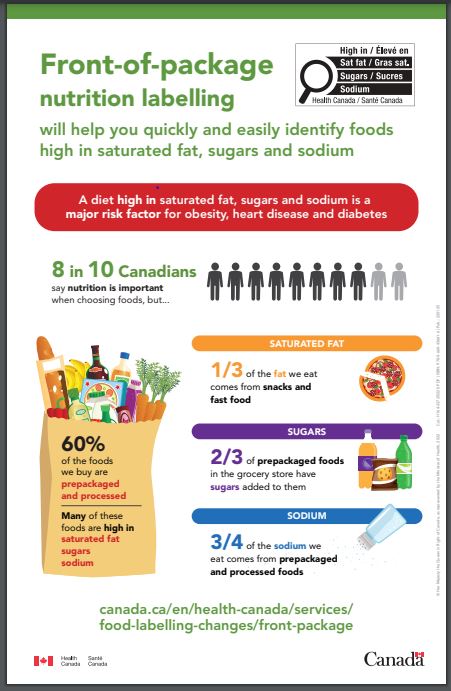
Post a Comment for "45 food labels health canada"